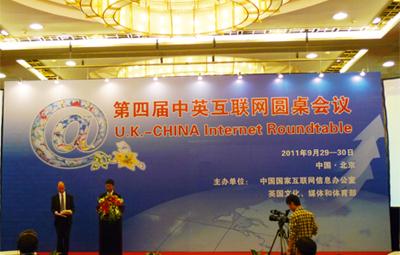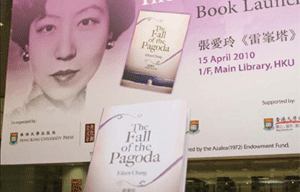'Better city, better life'
Updated: 2011-10-01 09:17
By Liu Yujie (China Daily)
|
|||||||||
China does not score high in terms of 'livable cities' but this depends on what yardstick is applied.
The idea of a "livable city" is much discussed in the West, but it is a relatively new concept in China.
A 2011 survey by the Economist Intelligence Unit (EIU) report describes what a livable city looks like.
Its assessment is that Melbourne deserved plaudits for its "stability, healthcare, culture and environment, education, and infrastructure".
As for China, which has a shorter history of opening up, it has fewer problems with multicultural cohesion. Instead, locals pay more attention to smooth traffic and good environment when it comes to rating a livable city.
In a domestic survey by Sina.com in March ranking the 10 most livable cities of China, almost half of the 306,242 participants nationwide ticked "convenient transport", "fresh air", and "tidy streets" over "economic development levels", "public security", and "social security".
Given this logic, it was hardly surprising that the three major metropolises of Beijing, Shanghai and Guangzhou gained only 1 percent of the votes in the Sina report, due to their "over-loaded populations triggering resource shortages", "huge amount of time wasted in traffic congestion", and "severe air pollution".
Secondary cities like Xiamen, Fujian province; Taichung, in Taiwan province; Weihai and Qingdao, in Shandong province; and Dalian in Liaoning province, gained public favor for their "beautiful coastal scenery", "comfortable weather" and "clean air".
Xiamen, known as "National Garden City", "National Public Health Model City", and "Outstanding Tourist City", was the overwhelming favorite, with one in three people voting for it.
However, rankings are one thing and seeing the place for yourself is another.
Li Make, 35, a Beijing-based businessman who went to Xiamen in early September for the 15th China International Fair for Investment and Trade opined the city "does not actually live up to its reputation".
"I believe many people like me living in big cities have a stereotypical view of coastal cities. Xiamen disappointed me a lot. The bright sky, blue seawater, gentle wind and leisurely life I expected could hardly be found," Li said.
"Even the legendary Gulangyu Islet is not that alluring and romantic. Is this really the best standard of living China can offer?"
According to the current EIU ranking, Beijing is ranked at 72, the best placing for a mainland city, since it takes into account GDP per capita, cultural diversity, educational and healthcare facilities.
Zhu Pei, an art museum architect, says China's so-called livable cities, domestically or internationally selected, cannot compete with their European counterparts in terms of infrastructure like museums, galleries and opera houses.
"The good news is China has built as many artistic centers in the past 30 years as Europe did in the last 300 years, and this hot wave of cultural construction is still ongoing. It will bring a new lifestyle that boosts people's life quality and makes a city livable in both intellectual and artistic terms," Zhu said.
Perry Knoppert, who is in his 40s and from the Netherlands, has lived in Hong Kong, Shanghai and Beijing for the past three years with his wife and children.
"It seems to me that the further north you go in China, the happier people living there seem."
Knoppert says he notes that on his morning walks in Beijing's parks the locals, especially the elderly, appear to be lively and content.
He says that in Shanghai locals keep to themselves more; while people in Hong Kong look "uneasy and under stress".
His observation points to the direction in which China should head in its drive toward constructing livable cities.
Xu Zongwei, an official at the Ministry of Housing and Urban-Rural Development, said at a forum on urban development during the 2010 Shanghai Expo: "The concept of 'livable city' reflects urban-dwellers' yearning for a compact, urban fabric that breeds intimate, harmonious relationships among human beings, and between humans and nature. This is our ultimate goal."










